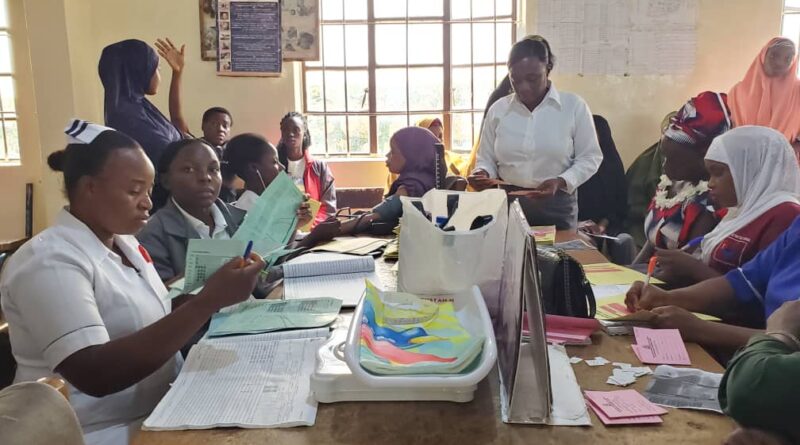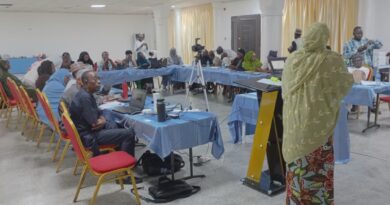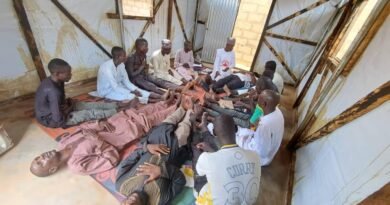Tackling Malnutrition: Plateau’s Bold Step for Child Nutrition with UNICEF Support
From Tongnaan Bawa, Jos
The fight against child malnutrition in Plateau State is evolving from scattered household practices into a structured public health campaign that blends cultural knowledge with modern science.
For decades, mothers were largely left to shoulder the responsibility of feeding infants, often relying on trial, error, and costly imported baby foods. But today, communities are rewriting that story.
Local ingredients like millet, guinea corn, soybeans, vegetables, fish, and crayfish are no longer seen as “poor man’s food,” but as powerful alternatives to factory-packaged formulas.
Health officials credit awareness campaigns in primary health centres for the shift. “Our message is simple, breastfeed exclusively for six months, then enrich complementary foods with what you have at home,” explained Yerima Jacob, Chief Nursing Officer at the Bukuru Expressway PHC.
This grassroots approach is being reinforced by state-level interventions. According to the 2021 Multiple Indicator Cluster Survey, two out of every three children in Plateau suffer from food poverty, meaning they lack the minimum dietary diversity required for healthy growth.
Alarmed by the statistics, government and development partners have begun rolling out nutrition-specific programmes.
One such initiative is the Small Quantity Lipid-Based Nutrient Supplement (SQ-LNS), an innovation promoted by UNICEF.
SQ-LNS, produced from groundnut paste mixed with milk, oils, vitamins, and minerals, is designed to bridge the nutrient gap in children aged six to 23 months. Research shows it can reduce mortality, wasting, stunting, and anemia by wide margins.
“Prevention is far cheaper than cure,” noted UNICEF Nutrition Specialist, Philomena Irene, during a recent media dialogue. “It costs only ₦21,000 to prevent malnutrition in one child, but nearly ₦200,000 to treat one who is already severely malnourished.”
With support from UNICEF, the Plateau State government has procured more than 5,900 cartons of SQ-LNS, ensuring that mothers who visit health centres for child welfare or immunization services receive free sachets. Each child can get a month’s supply.
Health workers say these supplements are not a substitute for family meals, but rather a lifeline for children at risk. “If used properly, SQ-LNS will drastically cut malnutrition,” assured Silas Nansel, the State Deputy Nutrition Officer.
The results are beginning to show. In Jos South, Nutrition Focal Person, Paula Hata, observed a decline in severe malnutrition cases. She attributed this to a combination of exclusive breastfeeding, hygiene practices, and the growing reliance on local foods.
Meanwhile, families themselves are adapting. Some mothers are venturing into small-scale businesses, producing and packaging complementary foods for sale, while others are openly sharing testimonies of healthier, more energetic children.
Fathers are also stepping into roles once considered “women’s affairs,” from accompanying wives to antenatal care to buying ingredients for enriched pap.
Still, challenges remain. Rising food prices continue to test families’ resolve, and many households struggle to afford diverse meals. Yet, advocates believe Plateau is on the right path.
“The first 1,000 days of life are crucial. With government commitment, community involvement, and global support, the State can reverse the tide of stunting and undernutrition,” Irene emphasized.





